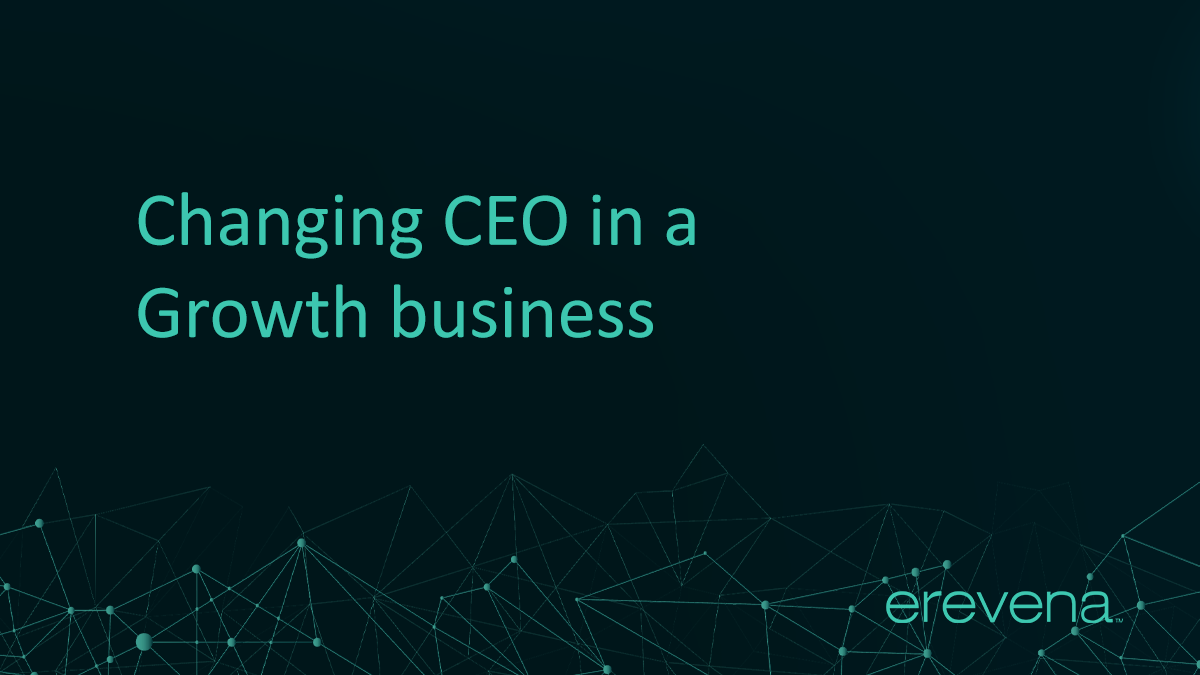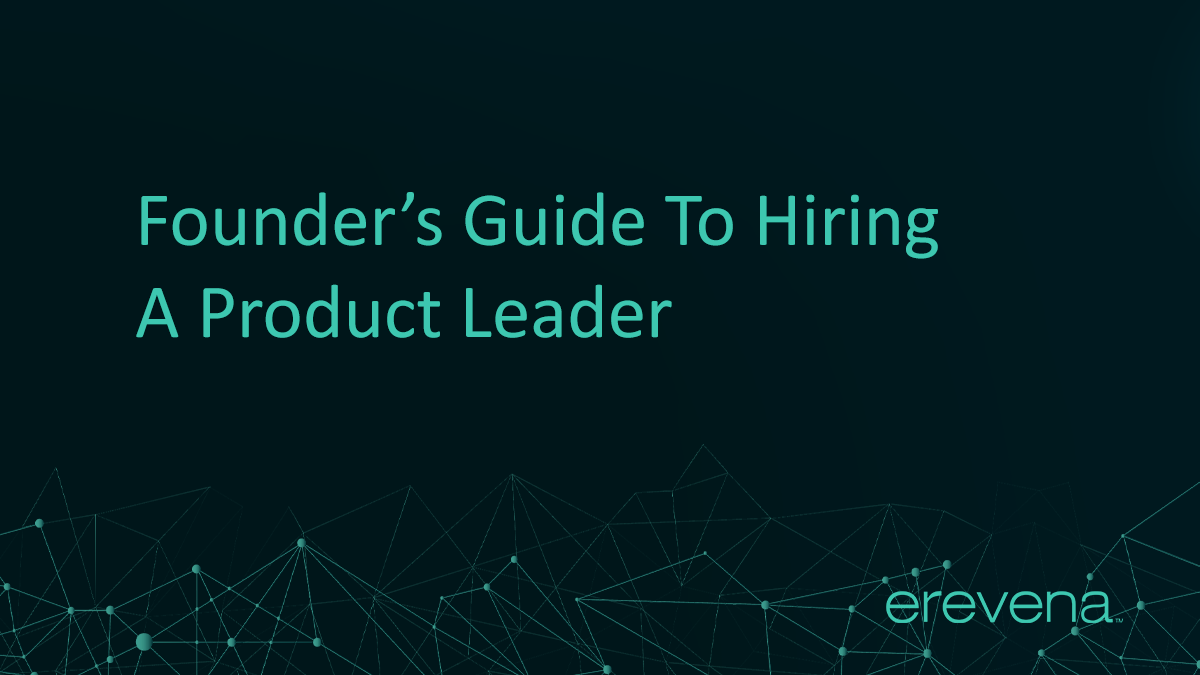Chris Warner shares the benefit of his experience hiring marketing leaders for high-growth B2B SaaS businesses, offering some advice on how to think about an executive search for a Chief Marketing Officer, the trade-offs to be clear about and the traits, capabilities and experiences to look for.
There is arguably no other function that breeds fundamentally different ‘types’ of executives to lead them as in Marketing, which makes them really tough hires to get right and costly mistakes to make. However, it’s worth thinking about it carefully as the right Chief Marketing Officer (CMO) will not only help you acquire more customers at less cost but will also enhance the perception and brand value of your company in unimaginable ways.
In this article, I wanted to share the benefit of my experience hiring marketing leaders for high-growth B2B SaaS businesses. Those with an ARR of $10 – $30m may have a Marketing Manager in place or even a VP Marketing but typically find that they need a strategic marketing leader to elevate them to the next stage. Here, I offer some advice on how to think about an executive search for a Chief Marketing Officer, the trade-offs to be clear about and the traits, capabilities and experiences to look for.
Different types of marketeers
The marketing discipline can encompass skills and expertise ranging from the numerical and data-driven analytics of lead attribution, through to the creative and artistic traits required to build a brand. And, as a consequence, CMOs typically will have developed their career with a more demonstrable leaning to one end of the creative spectrum or the other.
For B2B start-ups that have reached a certain size or stage and are demanding continued rapid or accelerated growth, this is most often represented in a trade-off between marketing leaders with expertise in either demand generation or branding. You may have to choose between the art and the science of marketing and hire someone who can deliver which is more critical for your business right now. However, for companies with novel technologies, an exercise in category creation is also likely to need to take place.
First – know what you need from your marketing leader
It will be essential at the beginning of the search to understand what core value Marketing will be required to provide to the organisation in the short to mid-term. Much of this will depend on the skills already within the business and the progress that has already been demonstrated. The precise market that the company plays in will be an important signifier. Jason Lemkin, the Founder of Saastr and EchoSign cautions against hiring a leader from a larger company too early on because their skill set will be largely tied to brand building.
There is a fair argument to say that an earlier stage (Series A or B) SaaS company needs to be focused on generating high-quality leads and nurturing these initial customers. The aim should be to develop a customer base who you can not only upsell to but customers who can be valuable advocates in the marketplace via case studies, testimonials and references, in turn, helping to drive more business. Hitting revenue milestones will be one of the keys objectives of the business to achieve to enable it to get to the next fundraising event and reaching this should be the focus of your marketing leader.
In many cases I’ve seen that this advice has played out well and hiring a demand-focussed marketing leader to get the company into the double-digit millions of ARR should be your priority. If you have a high-quality VP Sales, who can serve as the voice of the customer internally and play the initial Product Marketing role, supporting them with a demand-focussed marketing partner will help ensure their success. And, if you felt that the competitive positioning and messaging of the company was strong, the commercial side of the business will feel well constructed at this stage.
But – demand may need to be unlocked
There is the chance that for certain companies, a sophisticated demand generation engine may not yield the expected results. Sometimes you may be targeting a specific vertical where standing out among the noise of any remotely similar vendor in the space takes some extra effort. Perhaps the sales cycles are longer, making it harder to get that customer feedback looping into the business and making necessary iterations to the product. In these cases, thinking through some initial steps to focus on branding may be the right play. This can help potential customers see you as distinct from the crowd and encourage more of an exploration of your business. If this is successful, a strong brand can feed into strong demand, and lead generation campaigns carry extra weight.
A word on category creation
Some of the best B2B CMOs we have worked with are masters in the art of category creation. This almost goes beyond the typical ideas of positioning, messaging and branding and is a wider company effort that the CMO stewards. If your company has a particularly ground-breaking technology, and the product is not necessarily easily understood by a large section of potential buyers (as may be the case with high tech start-ups), this exercise will be fundamental. A marketing leader with the capability to evangelise to the wider market why a novel solution to an existing problem, or even new problems created by new platforms, can add a lot of value. This capability will also help if you need to create space in customers’ budgets and carve out a leadership position in an evolving space. Category creators are able to think beyond ideas that a product is better, faster, or cheaper and be able to help customers understand how the problems that they have can be helped in new ways by your product.
Play Bigger, the category creation consultants, talk of this process as helping customers in a market by thinking about solving important problems in new ways with new products or solutions. One of the key parts of the category design journey is mobilising the entire company around the category problem and goals. For a marketing leader to own this process, they need to be adept at influencing cross-functionally and should have the broader business perspective to play this role, with a strong point of view and the ability to bring people with them. Many strong CMOs with category creation experience make the point that they are custodians of the effort, but it is a wider company endeavour. So, collaboration and influencing skills are essential.
Key things to consider
In summary, some of the key considerations when hiring your CMO are:
What does your business need to do to get it to the next level? Are the number or quality of leads the issue, or is there a problem with the messaging, positioning, or alternatively are you targeting the wrong customer or buyer?
What does success look like and what are the measures you need to put in place to measure it? Have they demonstrated this success at your stage?
Does this person have the ability to create and lead a category? Do they have the capacity and broad perspective to inspire and influence across the business to ensure that this exercise is successful?
Once you have the answers to these questions it is far easier to identify the skills, traits, capabilities and experiences you need to look for in your marketing leader, and for any search to be successful and avoid costly mistakes for your business.
Share this article:












